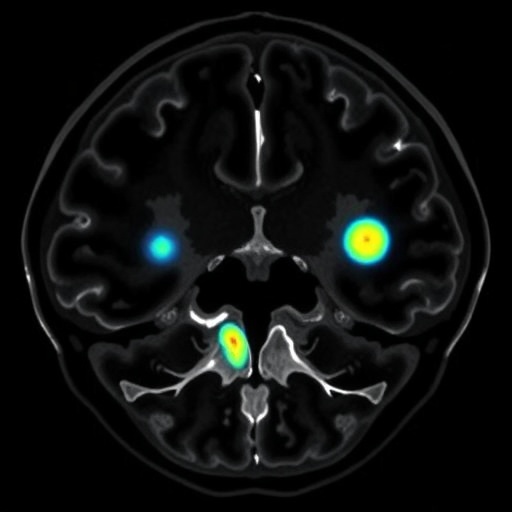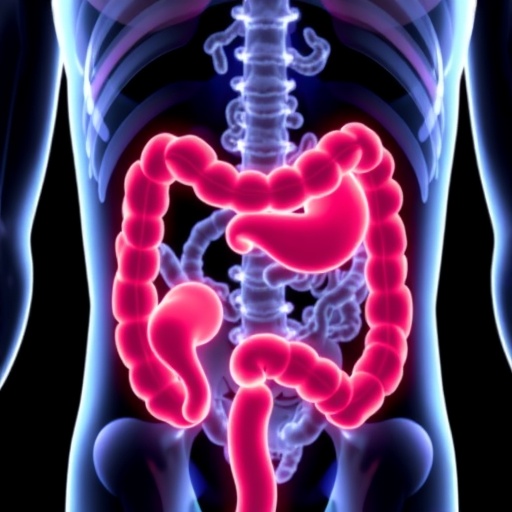NEW ORLEANS — A culturally tailored multilevel strategy designed to remove barriers to human papillomavirus (HPV) vaccination among low-income, mostly Chinese American adolescent girls and boys significantly increased vaccine uptake, according to results of a pilot study presented at the 11th AACR Conference on The Science of Cancer Health Disparities in Racial/Ethnic Minorities and the Medically Underserved, held here Nov. 2-5.
HPV vaccination could prevent more than 90 percent of the estimated 33,700 cases of cancer attributable to HPV infection that are diagnosed each year in the United States, according to the Centers for Disease Control and Prevention (CDC). Therefore, the CDC recommends that all adolescents ages 11 and 12 receive two doses of HPV vaccine.
"HPV vaccination is an amazing cancer prevention tool, but only 66 percent of all U.S. adolescents ages 13 to 17 have received one or more dose of the vaccine," said Grace X. Ma, PhD, associate dean for health disparities, director of the Center for Asian Health, Laura H. Carnell professor, and professor in clinical sciences in the Lewis Katz School of Medicine at Temple University, Philadelphia. "Overall, HPV vaccine uptake among Asian American adolescents is similar to uptake among adolescents from other racial and ethnic groups, but there are certain subgroups, such as Chinese Americans whose parents are low-income and have limited English proficiency, for whom uptake is much lower.
"We know that there is a low level of awareness and knowledge about HPV vaccination among Asian American parents who are low-income and have limited English proficiency, continued Ma. "However, they have strong trust in pediatricians/physicians, so we designed a culturally tailored intervention to engage pediatricians/physicians in educating low-income Asian American parents about the importance of HPV vaccination in the clinical setting using written materials, videos, verbal recommendations, and mobile communication."
Ma and colleagues designed culturally tailored messages for pediatricians, community health workers, parents, and adolescents. The researchers intervened on multiple levels by developing messages for all these different groups of people, explained Ma.
The researchers provided the culturally tailored messages to Asian American pediatricians in primary care community health centers serving low-income Asian communities comprised mainly of Chinese Americans in Philadelphia and New York. The messages were delivered in Asian languages concordant with the language spoken by the parents.
The pilot study included 180 low-income mostly Chinese American parents with low English proficiency; 110 received the intervention and 70 did not. These parents had 290 adolescents ages 11-17; parents of 170 adolescents received the intervention.
Among those adolescents whose parents received the intervention, 76.36 percent had at least one dose of HPV vaccine, compared with 10 percent of adolescents whose parents did not receive the intervention.
Pediatrician engagement and pediatrician recommendation were the most important factors that led to parents choosing to have their children vaccinated, explained Ma. Having a peer or spouse who supported vaccination was another important factor.
"Despite the study limitation in small sample size, these pilot data are extremely encouraging and promising," said Ma. "We need to test this intervention in larger, more rigorous clinical trials, but I believe that this multilevel and technology-based intervention has great potential to increase HPV vaccination rates in diverse Asian American communities, as well as can be adapted by other ethnic populations."
###
This study was supported by the National Cancer Institute's Center to Reduce Cancer Health Disparities. Ma declares no conflicts of interest.
Media Contact
Julia Gunther
[email protected]
215-446-6896
@aacr




